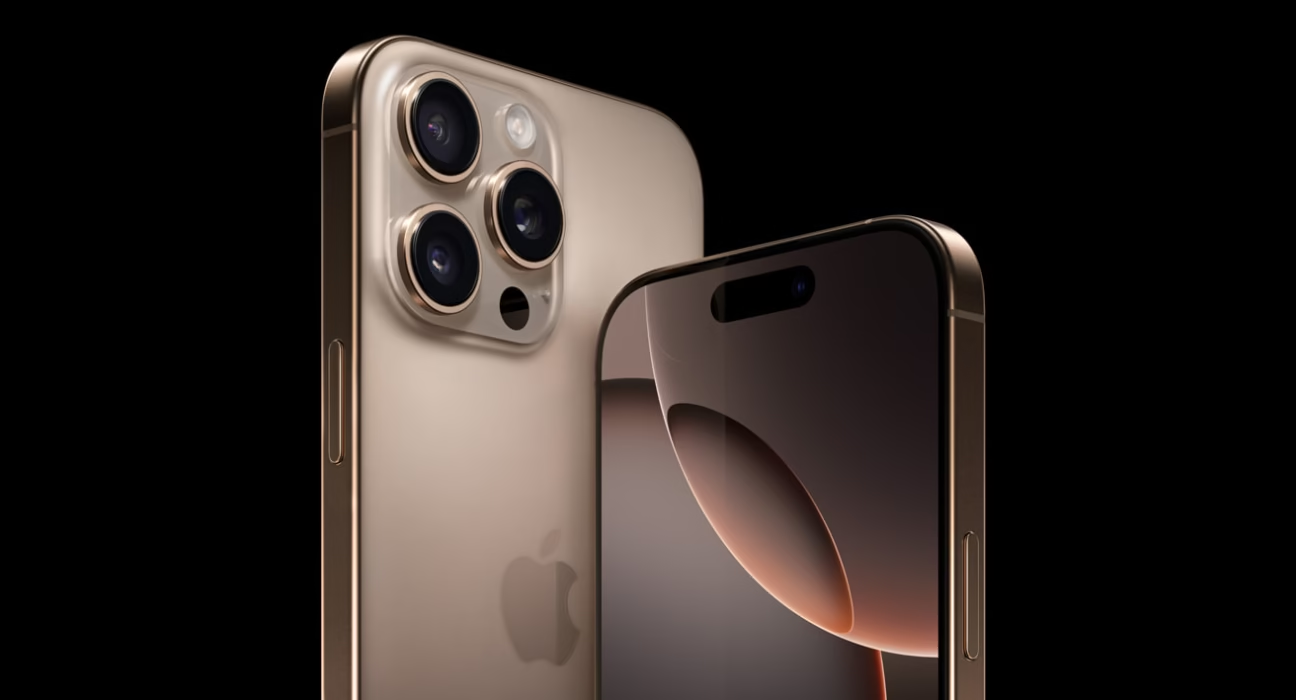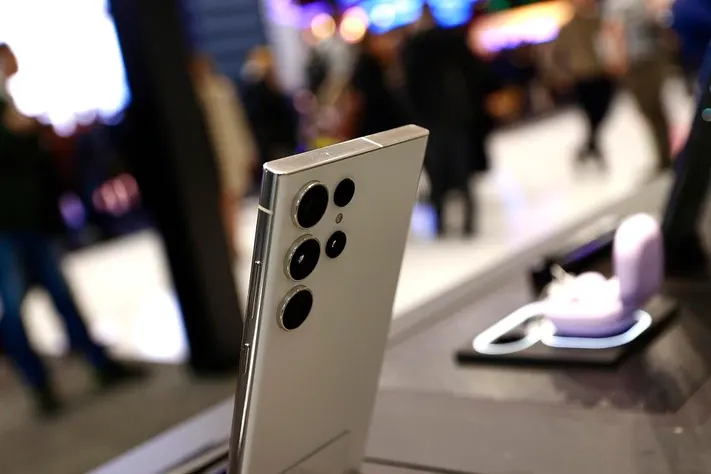“`html
iPhone 16 Pro Camera Upgrade Details: What’s New and What It Means
Estimated reading time: 7 minutes
Key Takeaways
- The iPhone 16 Pro series introduces a significant 48-megapixel ultra-wide camera sensor, a substantial upgrade from previous models.
- A new tetraprism lens system enables up to 5x optical zoom on the iPhone 16 Pro and Pro Max.
- Both the iPhone 16 Pro and Pro Max share key camera hardware advancements, with no exclusive major camera features for the Max model.
- Video capabilities see an enhancement with 120 fps recording at 4K resolution, improving slow-motion capture.
- A dedicated camera button is a notable functional addition, improving usability for quick capture.
- While technically advanced, some reviews suggest the upgrades are evolutionary, offering refined performance rather than a complete paradigm shift.
Table of contents
- iPhone 16 Pro Camera Upgrade Details: What’s New and What It Means
- Key Takeaways
- The New Heartbeat: Unpacking the iPhone 16 Pro Camera Sensor Upgrade
- Revolutionizing Reach: The Tetraprism Lens on the iPhone 16 Pro
- Diving Deep into iPhone 16 Pro Max Camera Specifications
- Beyond Stills: Enhanced iPhone 16 Pro Video Capabilities
- The Sum of Parts: Synthesizing the iPhone 16 Pro Camera Features
- Final Thoughts on the iPhone 16 Pro Camera Evolution
- FAQ
The air is thick with anticipation for the latest iteration of Apple’s flagship smartphone, and for photography enthusiasts, the focus is squarely on the camera. Year after year, Apple pushes the boundaries of mobile imaging, and the iPhone 16 Pro series is no exception. This year brings a host of refinements and new technologies designed to elevate your photography and videography experience. Today, we’re diving deep into the iPhone 16 Pro camera upgrade details, dissecting precisely what’s new and what it means for users. Apple’s Pro models have long been celebrated for their exceptional camera systems, and the 16 Pro generation aims to build upon that legacy with a focus on enhanced detail, expanded reach, and improved performance in various shooting conditions. Let’s explore the innovations that make the iPhone 16 Pro camera a compelling choice for creators and everyday users alike.

The New Heartbeat: Unpacking the iPhone 16 Pro Camera Sensor Upgrade
At the core of any great camera is its sensor, and the iPhone 16 Pro camera sensor upgrade is a key area of development this year. Apple has significantly boosted the ultra-wide camera by equipping it with a 48-megapixel sensor. This is a substantial leap from the lower-resolution ultra-wide sensors found in previous generations, which often prioritized field of view over detail. The implications of this higher megapixel count are substantial, promising improved image detail, sharper textures, and importantly, better performance in challenging low-light scenarios for ultra-wide shots. When you’re capturing sweeping landscapes or vast architectural scenes, having more pixels means more data, which translates directly into richer, more nuanced images.

However, the narrative around sensor upgrades isn’t always straightforward. While early user experiences suggest that the new 48MP sensor does indeed offer better detail, some sources point out that the main sensor might still be the preferred choice for critical photography. This is due to potential softness and noise that can appear at the edges of ultra-wide shots, a common challenge with wide-angle lenses that even improved sensors may not entirely overcome without sophisticated processing. This is a nuanced point, as the increased detail is certainly present, but photographers who are particularly demanding about edge-to-edge sharpness might find the main sensor still holds a slight edge.
Speculation has also circulated regarding a “larger sensor size” for the new sensors. Generally, larger sensors are a photographer’s best friend, as they typically lead to improved dynamic range (the ability to capture detail in both the brightest and darkest parts of an image) and superior low-light capture due to their ability to gather more light. However, current information suggests that for this particular upgrade, Apple has prioritized increasing the megapixel count on the ultra-wide sensor over a significant increase in its physical area. While a higher megapixel count alone can offer marginal daytime detail improvements, its impact on noise reduction in extreme low light is less pronounced without a corresponding increase in sensor size, which, as noted, doesn’t appear to be the primary focus here.
In essence, the iPhone 16 Pro camera sensor upgrade is a welcome enhancement, particularly for the ultra-wide lens. It promises more detail and better low-light performance for those wider shots. For users who love to capture expansive scenes, this is undoubtedly a significant improvement. The subtle trade-offs, such as potential edge softness or the fact that sensor size wasn’t dramatically increased, are important considerations for professional photographers but may be less noticeable for the majority of users who will simply appreciate the enhanced detail and versatility.
Revolutionizing Reach: The Tetraprism Lens on the iPhone 16 Pro
Expanding the creative possibilities of mobile photography often comes down to zoom capabilities, and the introduction of the “tetraprism lens iPhone 16 Pro” is a significant hardware development. But what exactly is a tetraprism lens, and why is it such a big deal? Essentially, it’s an advanced optical system that cleverly folds light multiple times within the phone’s compact body. This intricate design allows for a much longer focal length and greater zoom capabilities compared to traditional telephoto lenses that simply extend straight out. The primary benefit of this technology is its ability to deliver an impressive optical zoom range, now reaching up to 5x. This means you can get closer to your subject without losing image quality, offering a level of detail that digital zoom simply cannot match.
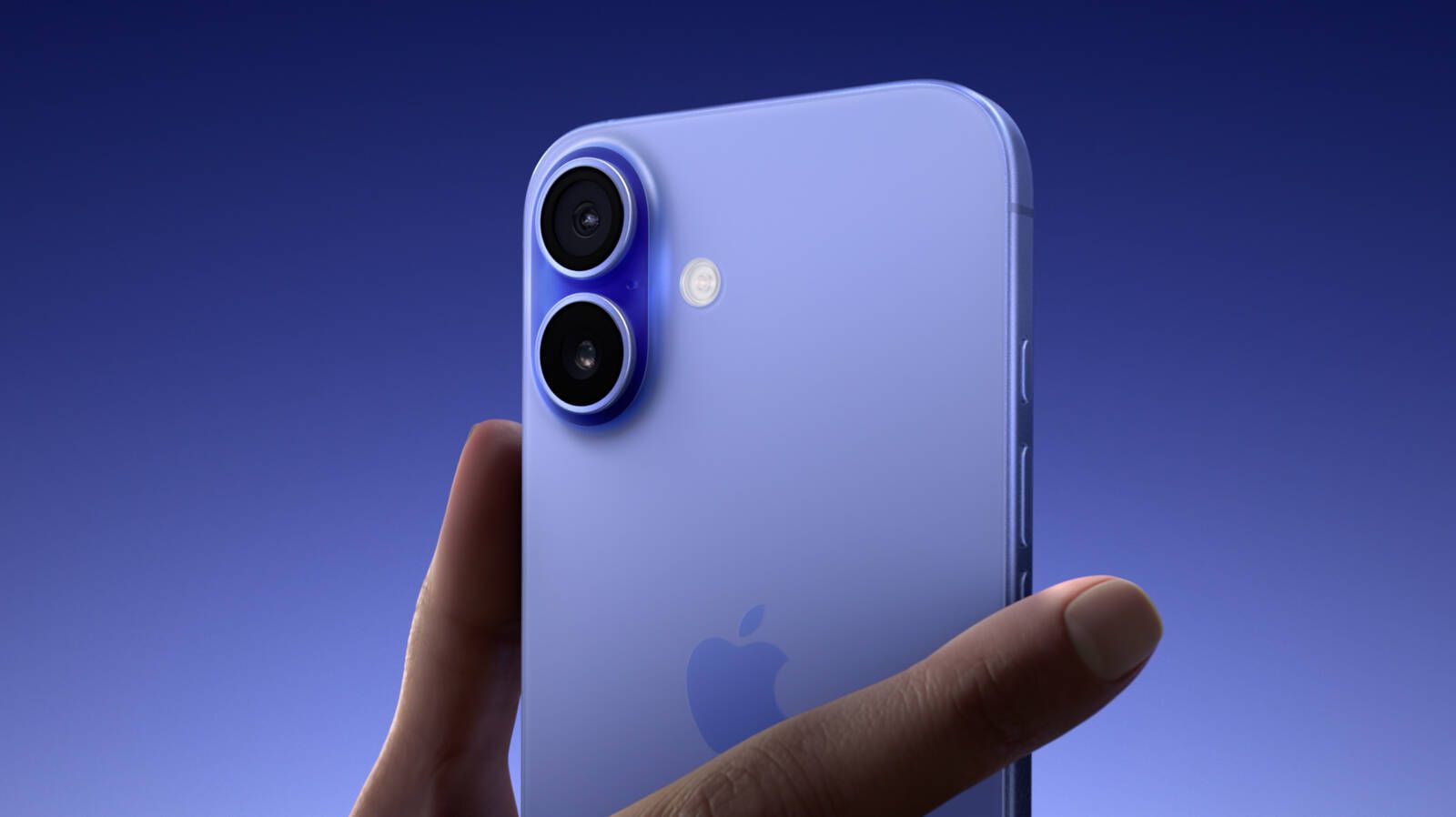
Beyond the increased magnification, tetraprism technology is engineered with optical image stabilization (OIS) in mind. The internal movements and the compact nature of the lens system are designed to facilitate robust stabilization, which is crucial for sharp shots, especially at longer focal lengths where camera shake is more apparent. Early reports, however, suggest that while there are improvements in stabilization, they are best described as incremental rather than revolutionary in everyday use. This means the system works well, but you might not notice a dramatic difference in the steadiness of your zoomed-in shots compared to previous generations unless you’re specifically looking for subtle enhancements.
Despite these nuances, the 5x zoom lens itself is widely praised for providing increased compositional flexibility and true “reach.” This is particularly beneficial for photographers who enjoy framing intimate portraits, capturing candid street photography moments from a distance, or isolating details in a scene without having to physically move closer. The ability to achieve a genuinely optical 5x zoom opens up new creative avenues and allows users to compose shots with greater intentionality and artistic flair.
It’s worth noting that while the hardware represents a significant advancement, the overall user experience with the new telephoto lens is described by some as retaining a similar feel to the previous generation’s telephoto capabilities. This suggests that Apple has focused on refining the existing user experience rather than fundamentally altering how one interacts with the telephoto lens. The power is there, and the optical quality is improved, but the intuitive ease of use that Apple is known for remains a priority. The “tetraprism lens iPhone 16 Pro” is a testament to engineering ingenuity, packing more optical power into a slender device, and offering users greater creative control over their photographic compositions.
Diving Deep into iPhone 16 Pro Max Camera Specifications
When discussing the latest iPhone Pro models, the distinction between the standard Pro and the larger Pro Max often comes into play, particularly regarding camera features. However, for the “iPhone 16 Pro Max camera specifications“, the story this year is one of remarkable parity with its smaller sibling. According to current credible reports, both the iPhone 16 Pro and the iPhone 16 Pro Max share the most significant camera hardware upgrades. This includes the impressive 5x tetraprism telephoto lens, which offers that extended optical zoom, and the newly upgraded 48MP ultra-wide sensor, bringing enhanced detail and low-light performance to a wider field of view.
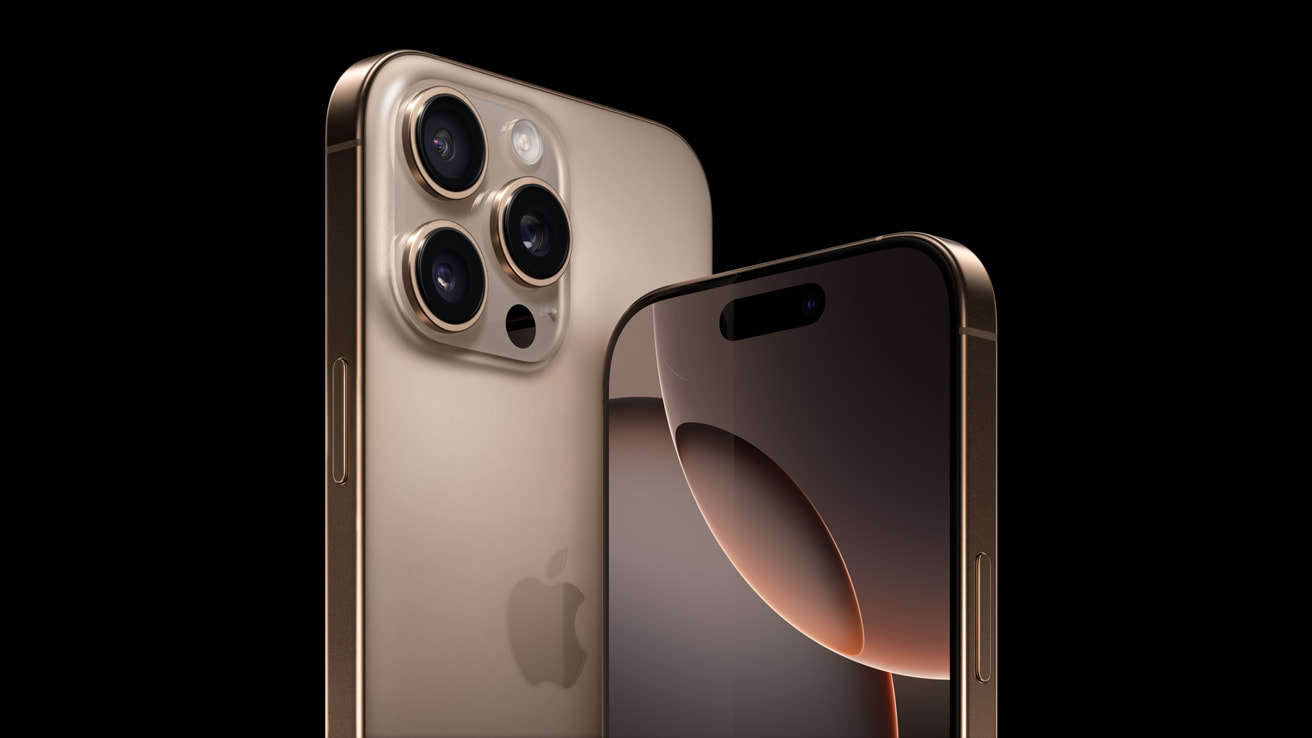
This means that if you’re considering the Pro Max primarily for its camera capabilities, you’ll be getting the same core advancements as the iPhone 16 Pro. There are no significant Pro Max-exclusive camera hardware features reported for this generation. Any subtle differences users might perceive are more likely to stem from minor variations in sensor tuning, algorithmic processing, or perhaps slight distinctions in how the larger chassis of the Pro Max influences thermal management during demanding tasks like extended video recording. For the vast majority of users, these are unlikely to be defining factors in their purchasing decision when it comes to camera hardware.
To provide a clear overview, here’s a summary of the shared camera specifications between the Pro and Pro Max models, reflecting the latest advancements:
- Main Sensor: 48MP (Continuing the high resolution from previous Pro models)
- Ultra-Wide Sensor: 48MP (A significant new upgrade for the entire 16 Pro series)
- Telephoto (Tetraprism): 12MP, offering up to 5x optical zoom (A major new feature across both models)
- Dedicated Camera Button: Yes (A new functional hardware addition for quicker access)
It’s important to reiterate that the primary distinctions for the Pro Max model remain focused on non-camera related aspects. These typically include a larger display size, which can be beneficial for viewing and editing photos and videos, and a larger battery capacity, offering extended usage times. While these are crucial considerations for many users, they do not translate into unique or superior camera hardware compared to the standard iPhone 16 Pro. The “iPhone 16 Pro Max camera specifications” are, in essence, identical to those of the iPhone 16 Pro, ensuring that both models offer the same cutting-edge mobile photography experience.
Beyond Stills: Enhanced iPhone 16 Pro Video Capabilities
While the focus often lands on still photography, Apple consistently refines the video recording capabilities of its Pro iPhones. The iPhone 16 Pro series continues this trend, offering enhancements that will be particularly appreciated by videographers and content creators. A standout improvement in “iPhone 16 Pro video capabilities” is the introduction of 120 frames per second (fps) video recording at 4K resolution. This feature significantly enhances the quality and flexibility of slow-motion capture. Previously, high frame rates at 4K might have been limited or unavailable. Now, users can record stunningly smooth slow-motion footage without sacrificing the detail and clarity that 4K resolution provides. This is invaluable for capturing fast-moving action, creating dramatic cinematic effects, or simply adding a polished, professional feel to everyday videos.

Beyond the new frame rate capabilities, Apple has also introduced refinements to existing professional video features. This includes further enhancements to ProRes video recording, a high-quality codec favored by professionals for its flexibility in post-production color grading and editing. The ability to capture video directly to external drives, a feature that debuted in previous generations, is also likely to see continued optimization, allowing users to record longer, higher-resolution footage without filling up internal storage. Furthermore, support for Log video workflows is maintained and potentially improved, offering even greater control over dynamic range and color in post-production for those who demand the highest level of image control.
Early reviews regarding the video performance suggest that these updates are welcome and evolutionary. The improved slow-motion capture is a notable benefit, providing smoother and more detailed results. For professional users, the enhanced flexibility in post-processing thanks to refined ProRes and Log recording options is a significant advantage. However, these advancements are generally not described as dramatically transformative for the mobile videography landscape in this iteration. Instead, they represent a steady progression, building upon an already strong foundation and offering more refined tools for creators.
It’s important to manage expectations: there are no reported major new video features that are entirely unique to the iPhone 16 Pro series beyond these welcomed refinements and enhancements to existing capabilities. The focus is on improving the quality, control, and workflow for those who rely on their iPhone for serious video production. The “iPhone 16 Pro video capabilities” are thus an evolution, offering a more polished and versatile toolkit for mobile filmmakers, with the 4K 120fps slow-motion being a key highlight for capturing dynamic moments with unprecedented smoothness.
The Sum of Parts: Synthesizing the iPhone 16 Pro Camera Features
To truly appreciate the advancements in the iPhone 16 Pro series, it’s beneficial to synthesize all the discussed upgrades and view them as a cohesive package of “iPhone 16 Pro camera features.” The key enhancements include the significant upgrade to a 48MP ultra-wide sensor, the powerful new tetraprism 5x optical zoom lens, the impressive 120 fps 4K video recording capability, and the addition of a dedicated camera button. This last point, the dedicated button, is a notable functional enhancement that streamlines the user experience, providing immediate access to the camera for capturing spontaneous moments. It’s a hardware addition that, while seemingly small, can make a significant difference in usability, especially for street photographers or anyone who values quick access to their camera.

These features collectively empower users with more creative options. The enhanced ultra-wide sensor allows for capturing more detailed expansive landscapes and architectural shots, while the 5x tetraprism zoom lens provides greater compositional flexibility and the ability to isolate distant subjects with optical clarity. The improved video capabilities cater to content creators who need smooth slow-motion or professional-grade recording options. The dedicated camera button, in particular, is highlighted as enhancing usability for spontaneous photography and street photography by providing instant camera access, reducing the lag between deciding to take a shot and actually capturing it. This synergy of hardware and functional design aims to make the iPhone 16 Pro a more capable and intuitive photographic tool.
However, it’s also important to acknowledge the critical perspectives that have emerged. While these upgrades are technically significant and represent genuine advancements in mobile imaging, some observers feel they are evolutionary rather than revolutionary for the average user when compared to the previous generation. The improvements, while welcome, might not fundamentally change the daily photographic experience for everyone. For those who are already deeply invested in high-end mobile photography or videography, these incremental gains are highly valuable. For a more casual user, the difference between the 15 Pro and 16 Pro might be less pronounced in everyday shooting scenarios, though still noticeable.
In summary, the “iPhone 16 Pro camera features” are a carefully curated set of upgrades focused on enhancing detail, expanding reach, and improving video performance, all while adding a practical hardware control. The 48MP ultra-wide sensor and the 5x tetraprism zoom lens are the headline hardware changes, complemented by video improvements and the user-friendly dedicated camera button. This combination offers a more versatile and capable camera system that appeals to both photography enthusiasts and professionals looking for refinement and expanded creative control in their pocket-sized device.
Final Thoughts on the iPhone 16 Pro Camera Evolution
In conclusion, the iPhone 16 Pro and iPhone 16 Pro Max represent a focused and considered step forward in Apple’s mobile imaging strategy. This generation is characterized by incremental yet meaningful upgrades in sensor technology and zoom capabilities, rather than a complete overhaul. The emphasis is on refinement and enhancing the tools available to users, ensuring that the iPhone remains a leading device for portable photography and videography. The “tetraprism telephoto” lens, with its impressive 5x optical zoom, is a significant hardware achievement, pushing the boundaries of what’s possible in a smartphone camera module. Coupled with the upgraded 48MP ultra-wide sensor and the practical addition of a dedicated camera button, these features solidify Apple’s position in the portable photography market.

The overall package is most valuable for users who appreciate nuanced improvements and seek enhanced workflows for both stills and video. Those who value immediate camera access, whether for capturing fleeting street scenes or simply ensuring they never miss a spontaneous moment, will find the dedicated button particularly beneficial. Professional users and serious hobbyists will appreciate the increased detail from the new sensors, the extended reach of the telephoto lens, and the refined video recording options. While some might have hoped for more revolutionary changes, the evolutionary path taken by Apple with the iPhone 16 Pro camera system offers tangible benefits that enhance the creative potential for a wide range of users. The focus on quality and practical usability ensures that the iPhone 16 Pro camera continues to be a benchmark in the smartphone industry.

Which of these new iPhone 16 Pro camera features are you most excited to put to the test – the enhanced ultra-wide detail, the extended 5x optical zoom, or the convenience of the dedicated camera button for capturing fleeting moments?
FAQ
-
Q: What is the biggest camera upgrade on the iPhone 16 Pro?
A: The most significant hardware upgrade is the introduction of a 48-megapixel ultra-wide camera sensor and the tetraprism lens system offering up to 5x optical zoom. -
Q: Does the iPhone 16 Pro Max have better cameras than the iPhone 16 Pro?
A: According to current reports, both models share the same core camera hardware, including the 48MP ultra-wide and the 5x tetraprism telephoto lens. Any differences are expected to be minor. -
Q: What does a tetraprism lens do?
A: A tetraprism lens folds light multiple times within the phone’s body, allowing for a longer focal length and greater zoom capabilities without significantly increasing the device’s thickness. It enables up to 5x optical zoom on the iPhone 16 Pro series. -
Q: Can the iPhone 16 Pro record video in slow motion at 4K?
A: Yes, the iPhone 16 Pro series can record video at 120 frames per second (fps) in 4K resolution, significantly enhancing slow-motion capabilities. -
Q: Is there a new button on the iPhone 16 Pro for the camera?
A: Yes, the iPhone 16 Pro series includes a dedicated camera button, designed to provide quicker and more direct access to the camera for immediate shooting. -
Q: How does the 48MP ultra-wide sensor improve photos?
A: The higher megapixel count on the ultra-wide sensor allows for improved image detail, sharper textures, and better performance in low-light conditions for ultra-wide shots.
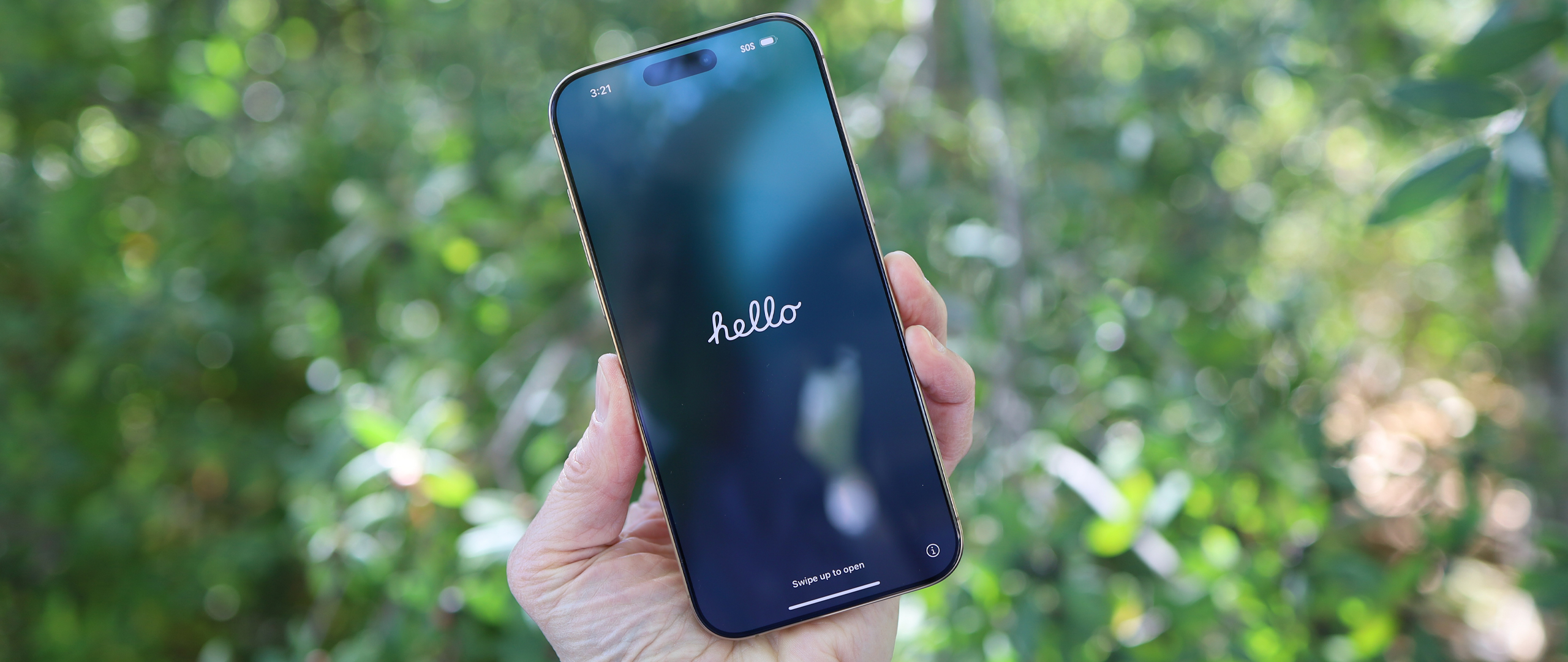


“`


